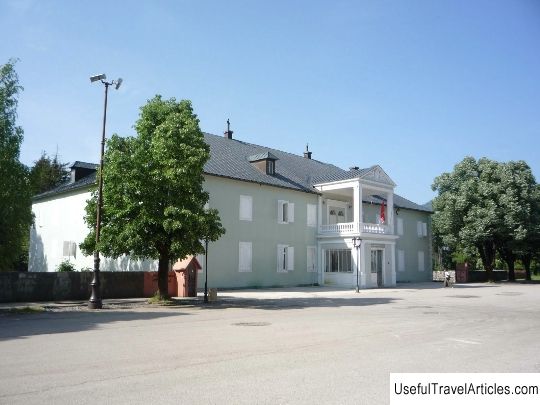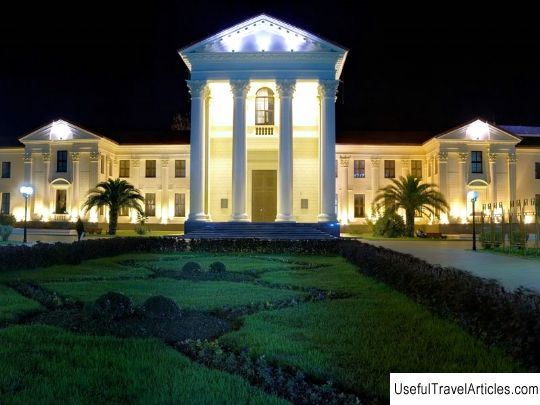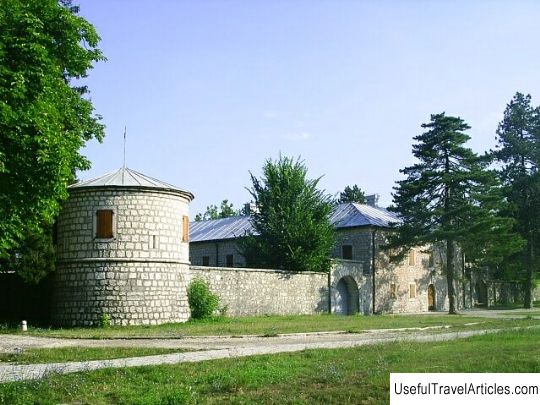Palace of King Nikola I (Trg Kralja Nikole) description and photos - Montenegro: Cetinje
Rating: 8,4/10 (911 votes) 
Palace of King Nikola I (Trg Kralja Nikole) description and photos - Montenegro: Cetinje. Detailed information about the attraction. Description, photographs and a map showing the nearest significant objects. The title in English is Trg Kralja Nikole. Photo and descriptionIn the center of Cetinje there is one of the key Montenegrin attractions - the palace, now turned into a museum, of King Nicholas I. Its owner, Nikola Petrovic-Njegos, glorified the Njegos dynasty all over the world thanks to his diplomatic talent, as well as outstanding political views: he was famous for his desire to bring Montenegro on a par with the European powers. In addition to political merits, Nikola Petrovich was a talented poet. The construction of the palace began in 1863 and was finally completed four years later. In August 1910, Prince Nikola Petrovich proclaims Montenegro a kingdom and becomes its first and last king. The Art Nouveau style was chosen to decorate the palace. It can be described as an abundance of whimsical shapes and decorative details; the almost complete absence of straight lines, which are replaced by stylized floral patterns. The walls in the palace are mostly covered with silk, the ceilings are crowned with stucco moldings, and the floor is covered with luxurious carpets over parquet. Each room of the palace has its own style: oriental, Venetian, Victorian. There were many rumors about the beauty of the palace throughout Europe. The prim neighbors of Montenegro believed that the palace was too beautiful for such a small and modest country. In 1890, the Nikola Petrovich Museum was founded, which was located in the government building. Since 1926 it has been located in the palace. Throughout its history, the museum managed to endure pogroms and robberies - during 1916-1918, when the Austrian-Bulgarian occupation fell on Montenegro. Furniture and weapons, as well as paintings, flags, stamps and other historical values, are carefully kept in the palace. All these items, which are of colossal museum value, are directly related not only to the history, but also to the culture of Montenegro from the Middle Ages to 1918, when Montenegro was incorporated into the Serbian Kingdom. Particular attention should be paid to the collection of military orders, which are made of gold and decorated with precious stones. Also of unique value is the court library, which occupies four rooms. The rarest copies of books, both secular and ecclesiastical, are still kept here. The library is estimated to hold up to 10,000 books.     We also recommend reading Lurgrotte caves description and photos - Austria: Styria Topic: Palace of King Nikola I (Trg Kralja Nikole) description and photos - Montenegro: Cetinje. |




